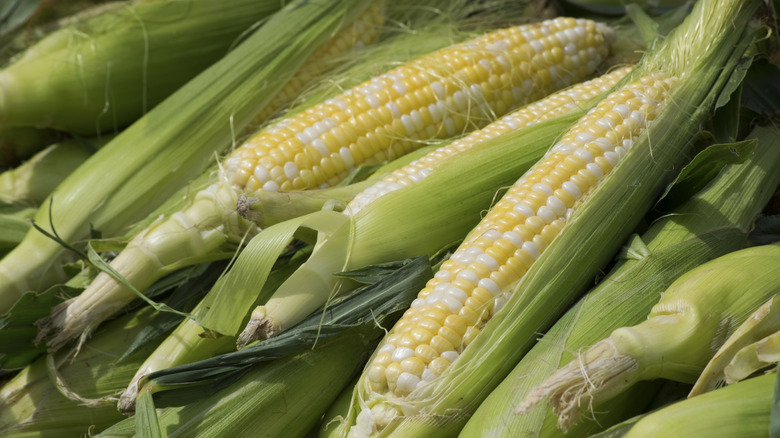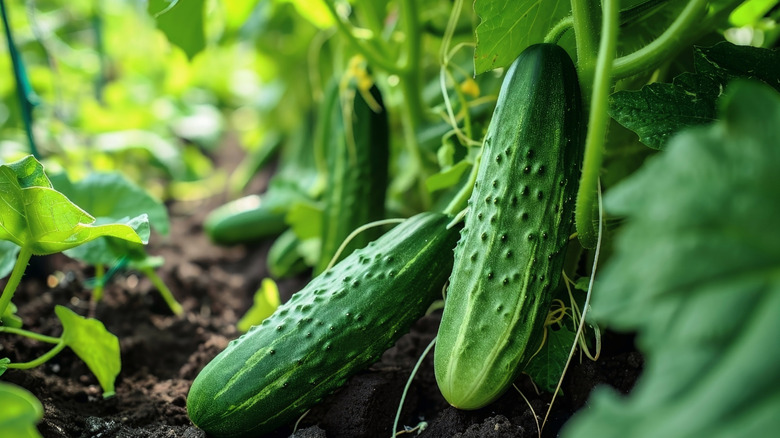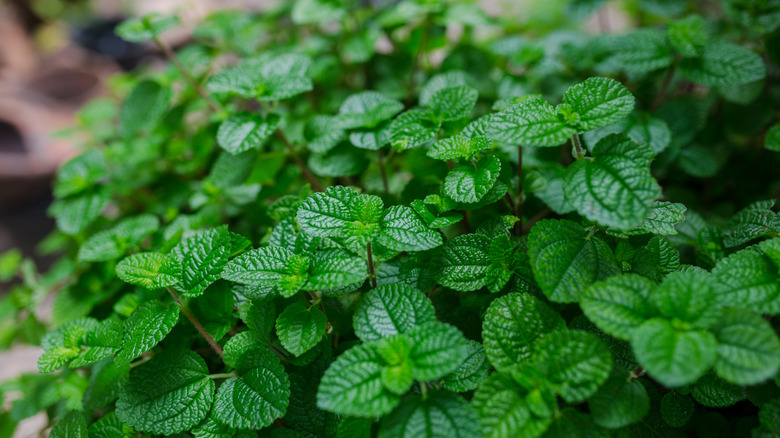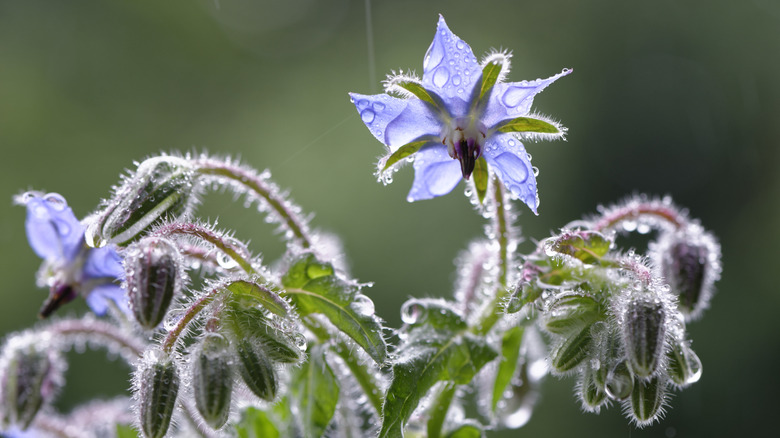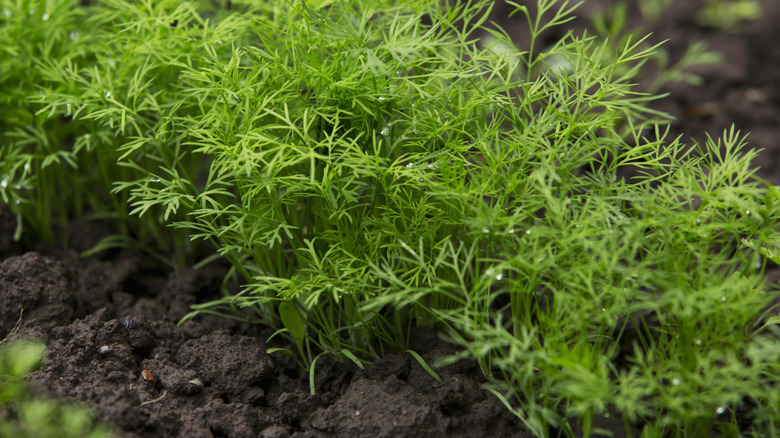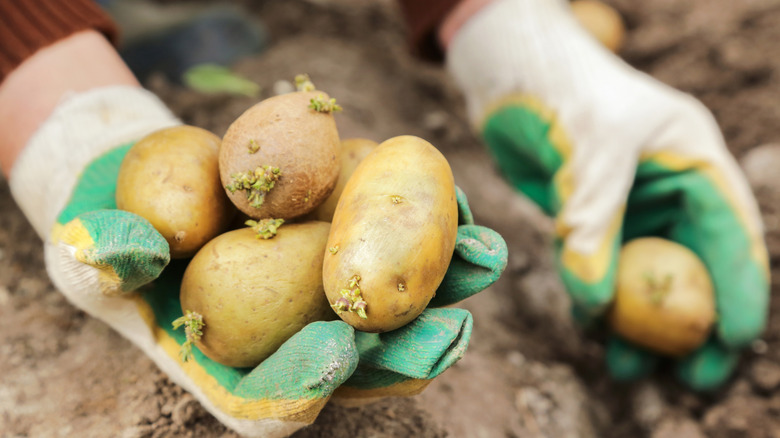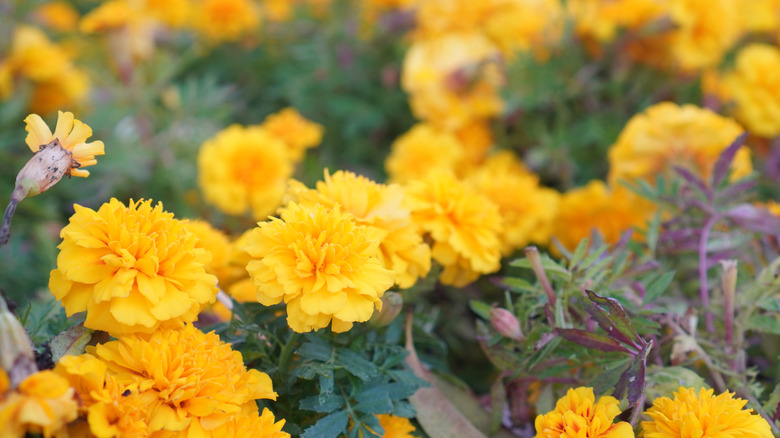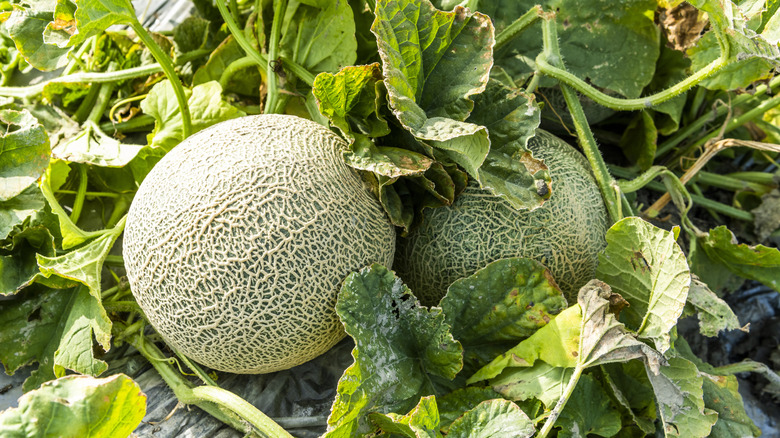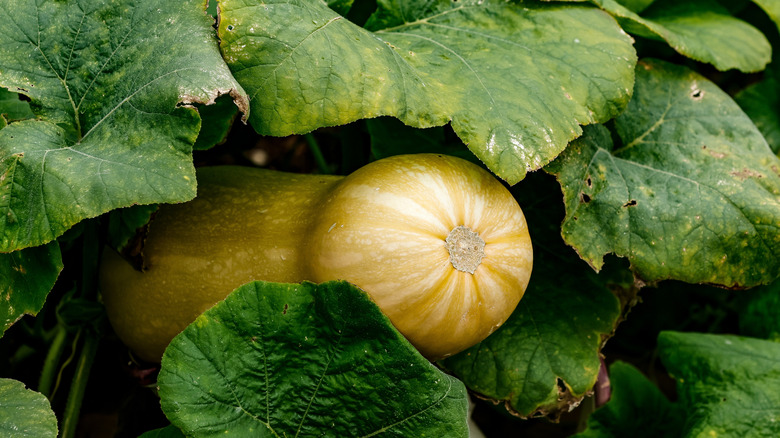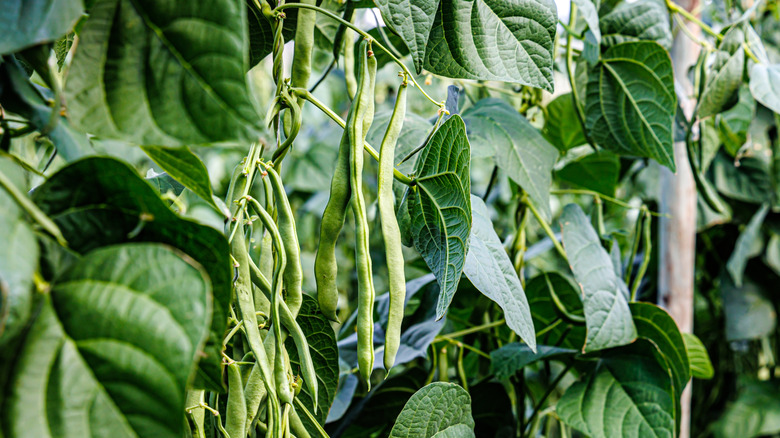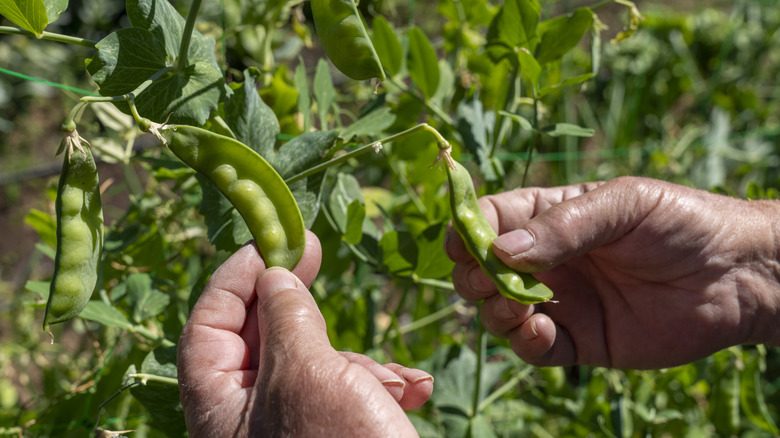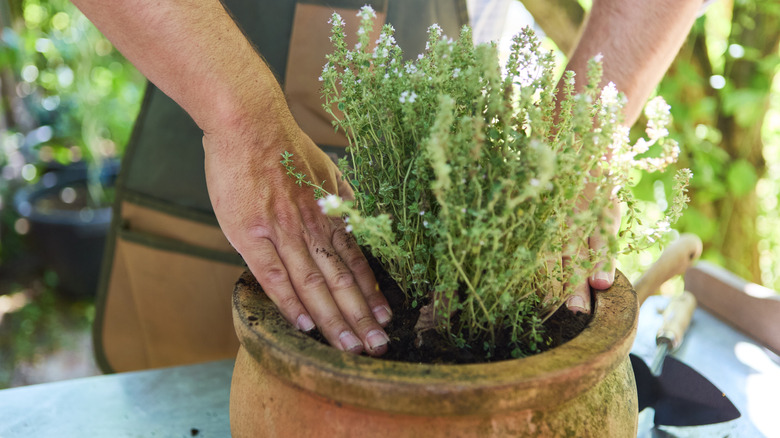Grow These 11 Companion Plants With Corn For A More Abundant Harvest
If you're planning to plant some corn in your garden this year, you might be looking for other plants to pair with it. The good thing is that corn has plenty of potential companion plants, so you can choose based on your needs and your taste. Corn's companion plants include herbs, vegetables, and flowers. Some can prevent pests from ruining your corn harvest, and some can even naturally add nitrogen to your soil for a healthier garden.
Companion planting refers to the widely used gardening philosophy and practice of planting crops next to each other to create a thriving ecosystem. Companion planting is beneficial to your garden because it helps plants grow stronger and healthier, which means better harvests and less work for you. In general, companion plants also share climate, soil, and water preferences.
Corn likes a well-draining soil and can grow in zone 3 through 11 in the United States once temperatures reach 60 degrees Fahrenheit. Therefore, companion plants tend to share similar conditions, however, they don't have to share sunlight preferences. Corn is tall and can provide much-needed shade to its neighbors who need it, making it a wonderful companion plant for many.
Cucumber
Corn and cucumbers make for wonderful companion plants because they can help each other grow stronger and healthier. For the corn, cucumbers grow close to the ground and can help fight against weeds, keep water from evaporating from the ground, and overall keep the feet of corn plants protected. On the other hand, corn is much taller and can help shield cucumbers from too much sun. With smaller varieties, corn stalks can also help prop up cucumber vines, but heavier cucumbers will have a hard time doing so and might need a proper trellis to grab onto.
Mint
Mint is fantastic at keeping deer and other grazing animals away from your corn. The smell is strong enough to deter them, which could save your harvest without having to use strong chemical repellents. Keep in mind that mint grows quickly and unruly, so it might be best to plant mint in pots near the corn, as opposed to directly in the ground. That way, you can keep it in check and prevent it from smothering baby corn plants.
Borage
Another way to use natural scents to keep pests away is to plant borage as a companion to corn. Also known as starflower, borage is an edible flower that tastes a bit like cucumber. It simultaneously attracts pollinators and ladybugs while keeping worms, slugs, and snails away from your garden. You can grow borage from seeds, and you can do so throughout your garden to protect other crops from worms, like tomatoes.
Dill
Dill is a fantastic neighbor for corn because it helps build a community of insects that can help protect it from pests. For example, dill attracts parasitic wasps to your garden, who eat caterpillars and hornworms that could otherwise jeopardize your corn harvest. Not only that, but dill is also beloved by ladybugs, who eat aphids. Dill means more beneficial bugs, and fewer buggers. Place dill a foot or so away from corn plants so that the pest-repelling effect works, but the plants' roots don't compete for space in the ground
Potatoes
Some companion plants don't necessarily help each other with scents and nutrients, but they simply share space well. One such companion plant for corn is the potato, which grows underground. Corn has short roots, so it won't compete with potatoes in the soil. Similarly, potatoes won't be taking up space above ground that corn could use. In addition, corn's tall plants can help shield potato plants from too much summer sun and heat, making these two great upstairs-downstairs neighbors.
Marigolds
These pretty flowers are some of the all-time best companion plants for corn. They're famous in the garden world for their incredible natural pest-repellant abilities. Their smell can keep all sorts of aphids, maggots, beetles, earworms, and even mosquitoes away. They're great for a variety of vegetables, including corn, because their roots are shallow and therefore don't disturb other plants too much. This means you can plant marigolds directly in the ground next to corn. Marigolds are easy to grow as long as they get full sun, and can be bought as seedlings and small plug plants at garden centers.
Melons (and watermelons!)
Melons grow close to the ground, with large vine-like leaves that cover the soil and roots. This is exactly why corn loves it as a companion. Melon leaves keep water into the ground and can smother any weeds that would like to come and crowd the base of corn stalks. Melons and corn both like 1 to 2 inches of water per week, so you can water them at the same time. However, place melon plants to make sure they do get some direct sunlight and don't live fully under the corn's shade.
Winter squash
Winter squash refers to several varieties of squash including butternut, acorn, spaghetti, kabocha, and dumpling squash. They get their name because they grow through the spring and summer to be harvested in the fall, before winter temperatures kick in, which is roughly similar to corn. Their large leaves shield the ground, keep it moist, and help keep naughty weeds at bay. You can also plant summer squash varieties as companion plants later into the season, if you missed the mark for winter squash.
Beans
Beans are perfect companion plants for corn because of their superpower: fixing nitrogen into the ground. Nitrogen is important because it helps corn stalks grow taller and bigger. Sure, you can buy fertilizer, use compost, or even manure to help add nitrogen into the ground, but why go through all that trouble when a delicious and easy-to-grow alternative is available? And the love doesn't only go one way, corn is helpful for beans, too, because it provides a strong and steady base for the beans to attach to and grow upwards, like a trellis.
Peas
Another way to add much-needed nitrogen into the ground is to plant peas nearby. Peas do the same thing as some other legumes by fixing nitrogen into the soil, which corn uses to grow strong and tall. Peas, which are light and small, can latch onto corn stalks as a trellis without disturbing them or causing any damage. In addition, peas like some shade, so they'll love to grow in corn's shadow. After you've harvested your corn and peas, leave the latter's roots in the ground to help fix even more nitrogen into the soil for the following season.
Thyme
If you'd like to harvest the natural pest-repellant power of companion planting but you're still new to it, or if you have a small garden and don't have a ton of soil to use for companion plants, consider using containers. A companion plant that can grow in pots near corn is thyme. It's a good neighbor for corn because of its strong scent that can keep earworms away. Thyme is easy to grow but tends to like soil a bit drier than corn, so growing it in a pot is perfect so that you can adapt watering patterns accordingly.
